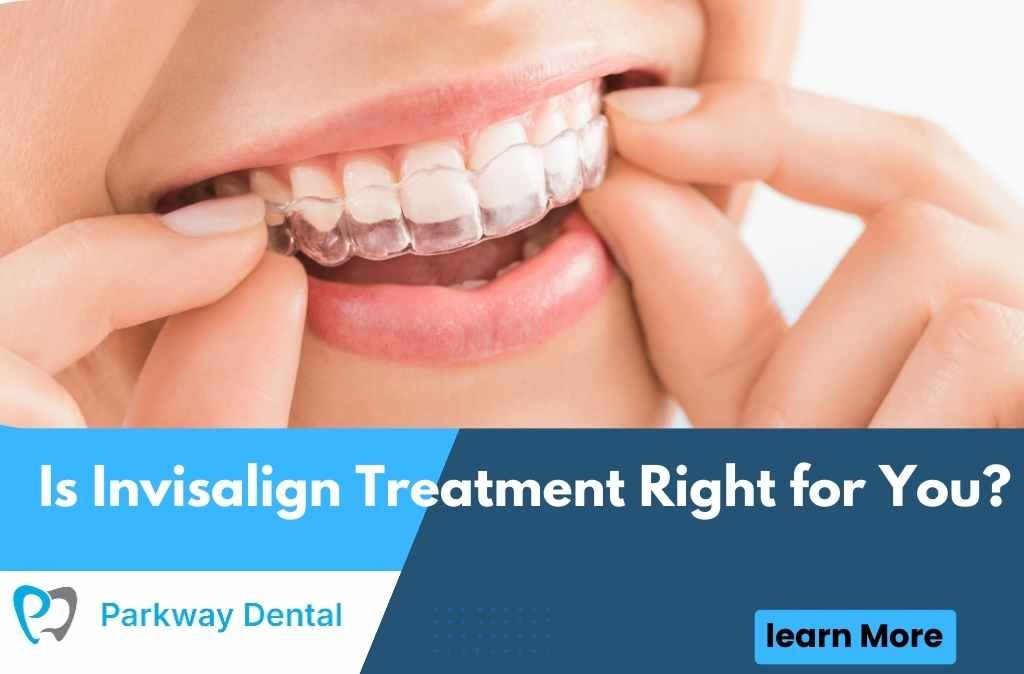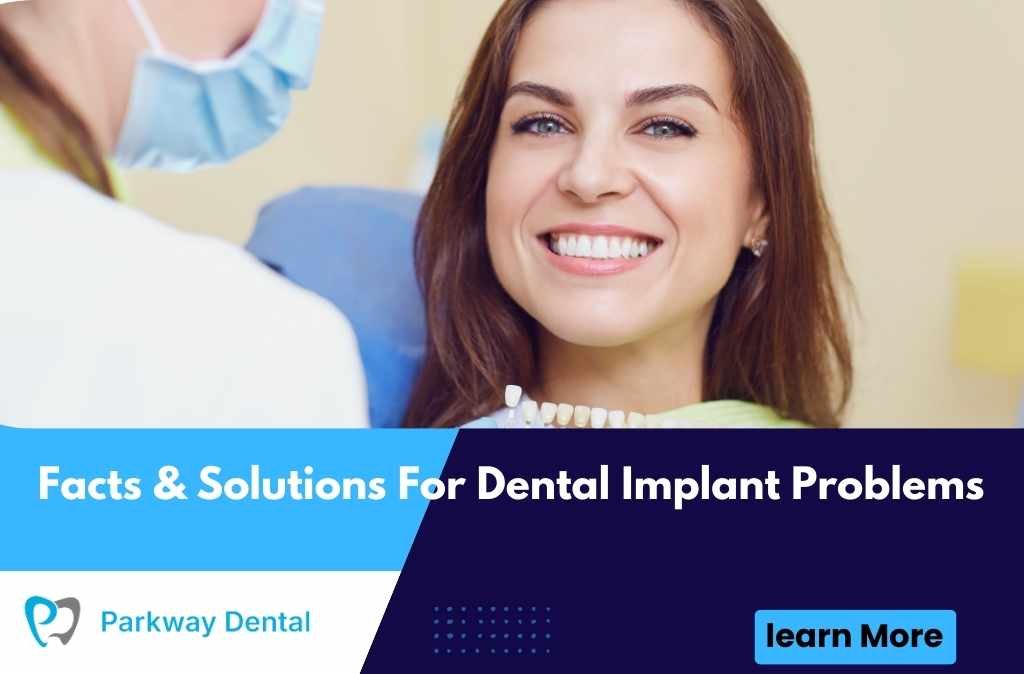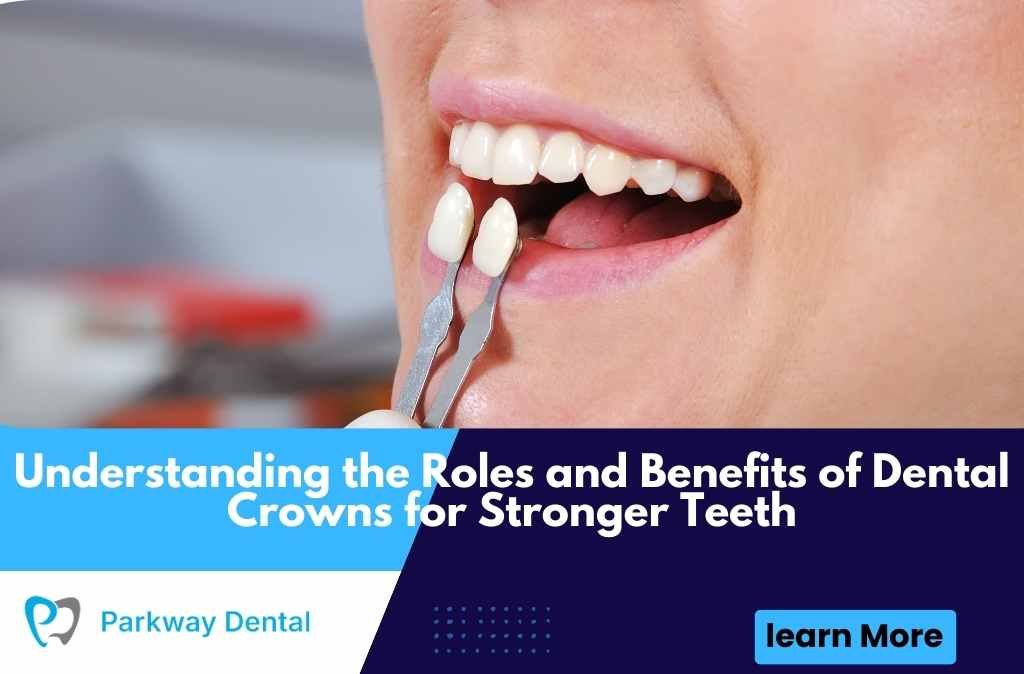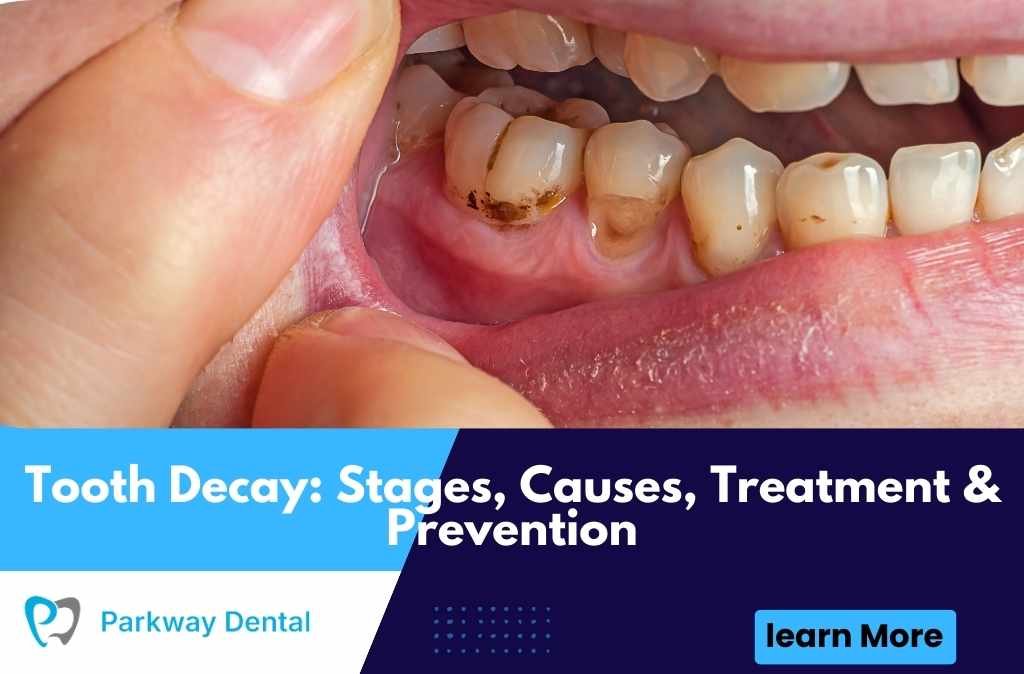When it comes to achieving a beautiful, straight smile, there are many options available to individuals, from traditional metal braces to newer alternatives. One of the most popular choices is Invisalign, a treatment that uses clear, custom-made aligners to straighten teeth gradually over time. While Invisalign has quickly become a top choice for many patients, it’s essential to understand whether this treatment is right for you, as it may not be suitable for every individual or every type of orthodontic issue. We’ll explore Invisalign treatment in great detail, discussing its benefits, drawbacks, the treatment process, the cost, and whether it’s a good option for your particular needs.
What is Invisalign?
Invisalign is an orthodontic treatment that uses a series of clear, custom-made plastic aligners to gradually move your teeth into the desired position. Unlike traditional metal braces, which rely on brackets, wires, and elastics, Invisalign aligners are smooth and discreet, making them a popular choice for adults and teenagers who prefer a less visible orthodontic solution.
The aligners are created using advanced 3D imaging technology that maps the exact shape of your teeth and plans out the movements of each tooth during the treatment process. As your teeth gradually shift, you’ll switch to a new set of aligners about every 1-2 weeks, each one moving your teeth slightly closer to the desired position.
Types of Invisalign Aligners
There are different types of aligners designed for specific patient needs. These include:
- Invisalign Full: This is the standard Invisalign treatment, suitable for those with moderate to severe orthodontic issues. The treatment may take anywhere from 12 to 24 months, depending on the complexity of your case.
- Invisalign Lite: This treatment is designed for people with mild alignment issues. It is typically faster than the full treatment, lasting about 6 to 12 months.
- Invisalign Express: This is the quickest treatment option, often used for minor alignment issues and can take as little as 6 months. It’s typically recommended for those who don’t have severe misalignment.
- Invisalign Teen: Specifically designed for teenagers, this version of Invisalign includes features like blue wear indicators that fade when aligners are worn the required amount of time each day. It also provides additional space for emerging adult teeth, making it ideal for growing teenagers.
How Does Invisalign Work?
The Invisalign treatment process begins with a detailed consultation and examination by your dentist or orthodontist. Here’s a breakdown of how the process works:
Initial Consultation and Assessment
During your first visit, your dentist will evaluate your dental health, discuss your concerns, and determine whether Invisalign is a suitable option for your treatment. This includes examining your teeth and gums, taking X-rays, and performing a physical examination. Your dentist will also ask about your oral hygiene habits and general lifestyle to determine if you are a good candidate for Invisalign.
Creating a Customized Treatment Plan
If you’re a candidate for Invisalign, the next step is to create a customized treatment plan. Your dentist or orthodontist will use advanced 3D imaging technology to create a detailed digital map of your teeth. These scans will be used to design your aligners and predict how your teeth will shift throughout treatment.
Based on the scans, your dentist will show you a digital model of how your teeth will move and give you a treatment timeline. They will also discuss how many aligners you’ll need and how long treatment will take.
Custom Aligners are Made
Once your treatment plan is complete, your dentist will send the 3D model to Invisalign, where a set of custom aligners will be created specifically for you. These aligners are made from a durable, clear plastic material that’s designed to fit snugly over your teeth.
The aligners are created in a series to ensure your teeth gradually shift into place. You will wear each set of aligners for 1-2 weeks, and each aligner will move your teeth just a little bit closer to their final position. You must wear the aligners for at least 20-22 hours each day, removing them only for eating, drinking, brushing, and flossing.
Wearing and Changing Aligners
Every 1-2 weeks, you’ll switch to a new set of aligners. As the aligners gradually shift your teeth, you will continue to wear them as instructed by your dentist. Most patients will need to visit their orthodontist or dentist every 6-8 weeks to ensure that progress is on track.
Completion of Treatment and Retainers
Once your Invisalign treatment is complete, you’ll have a beautiful, straight smile! However, you may still need to wear a retainer to help maintain your teeth’s new position. Retainers are typically worn for a few months after treatment and then may be worn just at night to keep your teeth from shifting back to their original position.
Benefits of Invisalign Treatment
There are several advantages to choosing Invisalign over traditional braces. Below are some of the most significant benefits:
Aesthetic Appeal
One of the most obvious benefits of Invisalign is its aesthetic advantage. Unlike traditional metal braces, which feature visible wires and brackets, Invisalign aligners are clear and virtually invisible when worn. This makes Invisalign an ideal choice for individuals who are concerned about the appearance of their braces, such as professionals or teenagers who don’t want to feel self-conscious about their smile.
Comfort and Convenience
Invisalign aligners are made from smooth, BPA-free plastic that is designed to fit comfortably over your teeth. Unlike traditional metal braces, which can cause irritation to the gums and cheeks, Invisalign aligners have smooth edges that won’t poke or scrape the inside of your mouth.
Additionally, because Invisalign aligners are removable, you can take them out when eating, drinking, and cleaning your teeth. This makes maintaining good oral hygiene much easier than with traditional braces, where food can get stuck in the brackets and wires.
No Food Restrictions
With traditional braces, there are certain foods that you must avoid, such as hard, sticky, or chewy foods that could damage the braces. However, with Invisalign, you can remove the aligners whenever you eat, meaning you won’t have to worry about food restrictions. You can eat your favorite foods, as long as you brush and floss before putting your aligners back in.
Fewer Visits to the Orthodontist
With traditional braces, you’ll need to visit your orthodontist frequently for adjustments and check-ups. Invisalign treatment requires fewer visits to your orthodontist because your aligners are pre-designed and you only need follow-up visits every 6-8 weeks.
Effective for a Wide Range of Dental Issues
Invisalign is suitable for treating many different types of orthodontic issues, including:
- Crooked or misaligned teeth
- Gaps between teeth
- Overbite, underbite, and crossbite
- Open bite
- Crowded teeth
While Invisalign is most effective for mild to moderate alignment issues, some more complex cases may require traditional braces for better results.
Predictable and Precise Results
Invisalign uses advanced technology to map out the movement of your teeth throughout treatment. Your dentist can show you a 3D model of your teeth and how they will move over time, which provides a clearer and more predictable outcome. The precision of the aligners ensures that your teeth move to the correct position at every stage.
Drawbacks of Invisalign
While Invisalign offers numerous benefits, it’s important to consider the potential drawbacks as well:
Discipline is Required
Invisalign treatment requires a high level of commitment and discipline. Since the aligners need to be worn for 20-22 hours a day, you must remember to wear them consistently and avoid leaving them out for too long. Failing to wear the aligners as directed can delay the treatment process and lead to less effective results.
Not Ideal for Severe Cases
Invisalign is most effective for treating mild to moderate orthodontic problems. If you have a more complex dental issue, such as severe bite problems or significant misalignment, traditional braces may be a better option. In these cases, your dentist may recommend braces instead of Invisalign.
Cost
Invisalign treatment is often more expensive than traditional braces. While prices can vary depending on the complexity of the case, treatment can cost between $3,000 to $8,000 or more. However, many dental insurance plans cover Invisalign, and many providers offer financing options to help make treatment more affordable.
Potential for Misplacement or Damage
Because Invisalign aligners are removable, there is a risk of losing or damaging them. You must always store your aligners in their case when not in use to prevent losing them. Additionally, if the aligners are not cleaned properly, bacteria can build up, leading to bad breath or other oral health issues.
Requires Good Oral Hygiene
Because Invisalign aligners are worn for a significant portion of the day, it’s crucial to maintain good oral hygiene. You must brush and floss your teeth regularly, as food particles or plaque can get trapped between the aligners and your teeth. Failing to clean your teeth properly can lead to cavities, gum disease, or other oral health problems.
Cost of Invisalign Treatment
The cost of Invisalign treatment can vary depending on a variety of factors, such as:
- The complexity of your case: More complex cases may require more aligners and a longer treatment time, which can increase the cost.
- Your location: The cost of Invisalign treatment may vary depending on where you live and the dental practice you visit.
- Dental insurance: Many dental insurance plans cover Invisalign, but you should verify your coverage before starting treatment.
On average, Invisalign treatment costs between $3,000 and $8,000. However, many patients find that the benefits of Invisalign—such as the discreet appearance and convenience—make the investment worthwhile.
Learn More: Invisalign in West Roxbury, MA
Conclusion
Invisalign offers many benefits, including a discreet appearance, comfort, convenience, and faster treatment times. However, it may not be suitable for everyone. If you have a more complex orthodontic issue or prefer a more affordable option, traditional braces may be a better choice. It’s important to consult with an experienced dentist or orthodontist to determine the best treatment option for your needs.
If you’re interested in learning more about Invisalign and whether it’s the right choice for your smile, contact Parkway Dental, Dentist in West Roxbury, MA. Our team is committed to helping you achieve the smile you’ve always wanted with the most advanced orthodontic treatments available. Schedule a consultation today and take the first step toward a more confident you.




